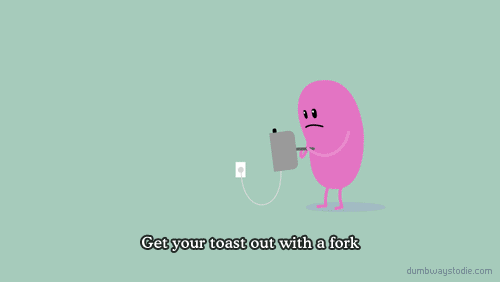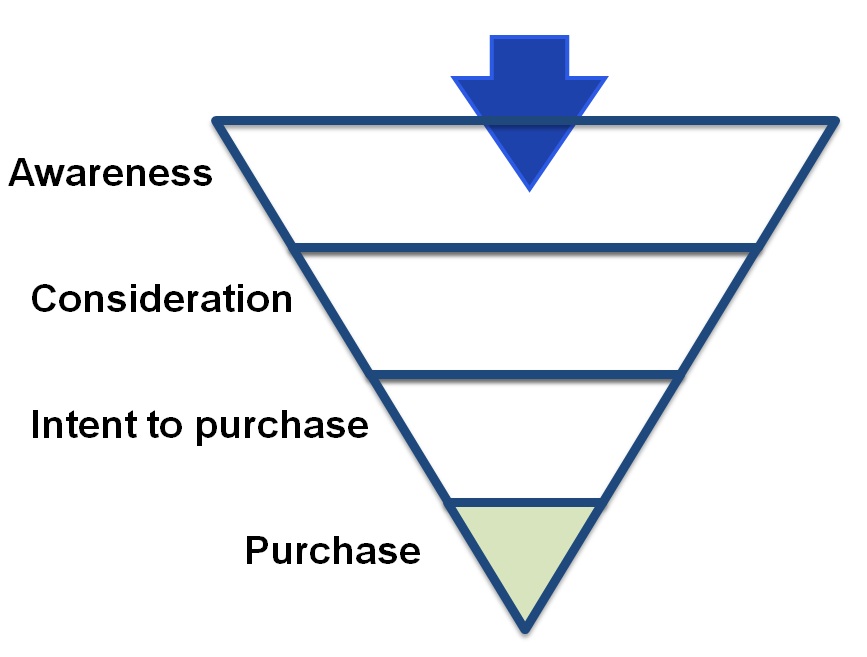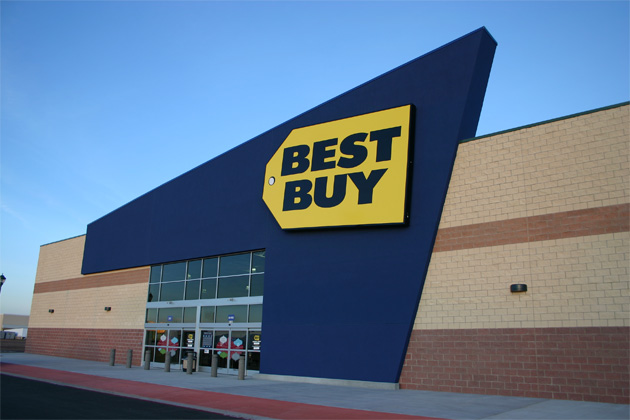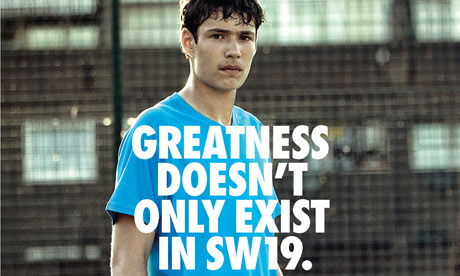https://www.youtube.com/watch?feature=player_embedded&v=Y83wOHnoldg
Today I came across a marketing campaign initiated by Aldo Israel back in October, where people were invited to receive a free pair of shoes in exchange for an Instagram photo. More specifically, Aldo Israel placed a bell in the middle of a street in Tel Aviv, and asked people to take an Instagram photo of the shoes they were currently wearing, with the hashtag #aldo and their shoe size. They were then instructed to wait for 2 minutes. Soon after, a large wrapped present came up to them with a free pair of Aldo shoes in their size.
The results? The bell was rung more than 450 times, and 500 photos were uploaded to Instagram. Overall, the campaign generated nearly 800,000 interactions for the brand.
At first, I thought this was simply a way for Aldo Israel to increase their interaction through social media. As evident by the numbers above, it was definitely successful as they positively engaged their audience through Instagram.
However, after looking more into it, I realized this stunt was also a form of gift marketing. As Jim Taschetta from clickz.com puts it, “[Gift Marketing is] relationship-enhancing. Gifts allow marketers to invite consumers to enjoy their brands with no strings attached.” Many brands today have shifted towards the current consumer decision funnel, which places an emphasis on the “Repeat and Recommend” stages. Gift Marketing is just another example of how brands are beginning to place more value on fostering relationships with their customers.
The rise of Gift Marketing has shown that companies are putting more value into creating long-lasting relationships with their customers
In this case, Aldo Israel has sort of flipped the conversion funnel upside down. By giving shoppers a gift, retailers are using a form of marketing that can truly change consumer behavior and create profitable new visits. Aldo Israel is so confident in their product that they know once people try their product, they’ll shop at Aldo in the future. In addition, shoppers feel a special connection to the gift-giving retailer, which carries into their shopping cart and future loyalty to the brand. Retailers hope these new customers will become evangelists, who will help them gain even more new customers. In the coming year, it’ll be interesting to see just how far retailers are willing to take this gift giving.







 What better way to attract a target market than by getting a main influencer within the category, Justin Bieber in this case, to endorse their brand? As I learned in class, influencers can play a huge role as customers reach the stage of researching and evaluating their options. When influencers endorse a product, they make customers narrow down their consideration set, which is full of your competitors. In addition, by focusing on a specific target market like this, they are further narrowing down the funnel by concentrating on a niche group of customers who are more likely to convert. This will surely help to increase the chances of turning awareness into consideration, followed by intention and subsequently into purchases.
What better way to attract a target market than by getting a main influencer within the category, Justin Bieber in this case, to endorse their brand? As I learned in class, influencers can play a huge role as customers reach the stage of researching and evaluating their options. When influencers endorse a product, they make customers narrow down their consideration set, which is full of your competitors. In addition, by focusing on a specific target market like this, they are further narrowing down the funnel by concentrating on a niche group of customers who are more likely to convert. This will surely help to increase the chances of turning awareness into consideration, followed by intention and subsequently into purchases.





 Search engine optimization, or SEO for short, is a way of increasing the attention your website gets in a search engine’s results. Simply put, the higher up and more frequent times your site appears on a search engine list, the better, as it increases its number of views. Here are 2 key takeaways that are bound to help you in both SEO and your fantasy sports teams.
Search engine optimization, or SEO for short, is a way of increasing the attention your website gets in a search engine’s results. Simply put, the higher up and more frequent times your site appears on a search engine list, the better, as it increases its number of views. Here are 2 key takeaways that are bound to help you in both SEO and your fantasy sports teams.